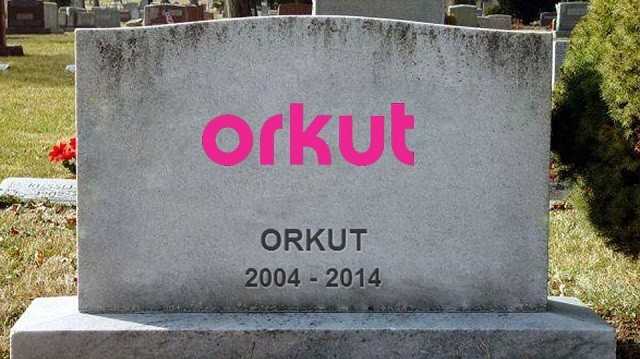Microsoft on Tuesday unveiled its next Windows version, Windows 10(and not 9!) at an event in San Francisco. The new OS returns with the Start Menu that was missing in the 8th version.
“Windows 10 represents the first step of a whole new generation of Windows, unlocking new experiences to give customers new ways to work, play and connect,” said Terry Myerson, executive vice president of the Operating Systems group at Microsoft. “This will be our most comprehensive operating system and the best release Microsoft has ever done for our business customers, and we look forward to working together with our broader Windows community to bring Windows 10 to life in the months ahead.”
The key features include:
Familiarity and consistency across devices:
It will adapt to the devices customers are using — from Xbox to PCs and phones to tablets and tiny gadgets. Microsoft is also delivering a converged application platform for developers on all devices with a unified app store. Developers will be able to write an application once and deploy it easily across multiple device types, making discovery, purchase and updating easier than ever for customers.
Designed for the challenges of modern business: like-
enterprise-grade security, identity and information protection features, resistance to breach, theft or phishing, advance data loss prevention by using containers and data separation at the application and file level, enabling protection that follows the data as it goes from a tablet or PC to a USB drive, email or the cloud.
Expanded Start menu:
The famous “quick start button” is back!
Apps that run in a window:
the Windows Store apps now open in the same format that desktop programs do. They can be resized and moved around, and have title bars at the top allowing users to maximize, minimize and close with a click.
Snap enhancements:
Now, we can easily work on multiple apps with this feature. A new quadrant layout allows up to four apps to be snapped on the same screen.
New Task view button:
The new Task view button on the task bar enables one view for all open apps and files, allowing for quick switching and one-touch access to any desktop created.
Multiple desktops:
Instead of too many apps and files overlapping on a single desktop, it’s easy to create and switch between distinct desktops for different purposes and projects — whether for work or personal use.
The OS will be available to consumers, but it was designed, in particular, for use by the world’s businesses.It seems Windows 10 is in many ways a response to Microsoft’s struggles with Windows 8, introduced two years ago. We are eager to have our hands on it!
The Tech Portal is published by Blue Box Media Private Limited. Our investors have no influence over our reporting. Read our full Ownership and Funding Disclosure →







